In a breakthrough that sounds like science fiction Chinese scientists have created the world’s first live-birth chimeric monkey , a hybrid animal that contains cells from two different embryos. The monkey, named #10, has a striking feature: it glows green under a special light, thanks to a fluorescent protein that marks the cells derived from a stem cell line. The researchers reported their findings in the journal Cell1.
What is a chimeric monkey?
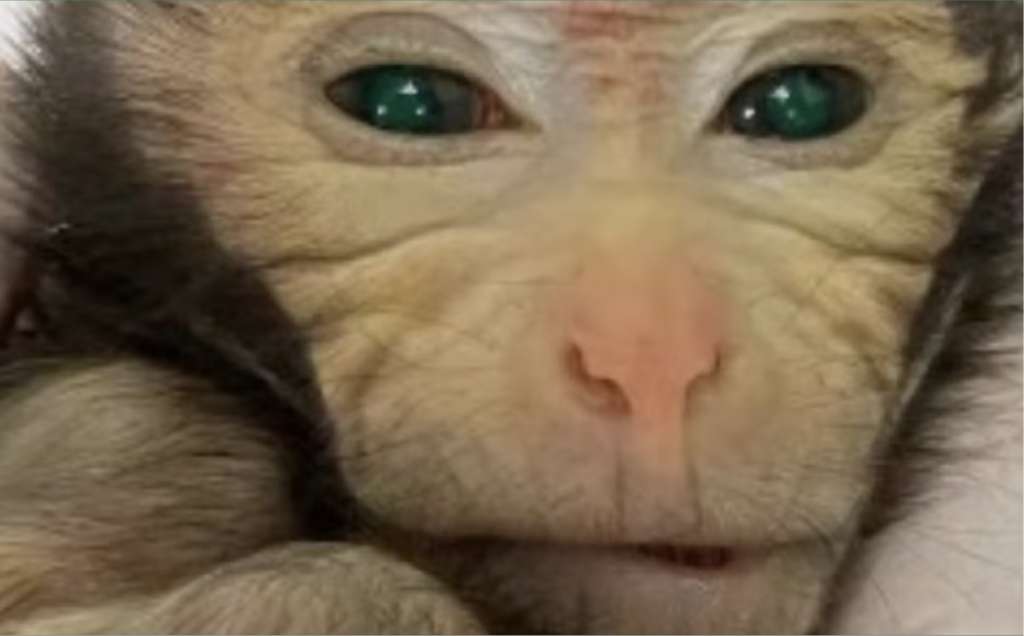
A chimeric monkey is a monkey that has a mixture of cells from different sources. In this case, the researchers used embryonic stem cells (ESCs), which are cells that can give rise to any type of cell in the body. They extracted ESCs from seven-day-old monkey blastocysts, which are early-stage embryos, and grew them in a special culture medium. They then labeled the ESCs with a green fluorescent protein (GFP), which makes them glow green under a specific wavelength of light. They injected the GFP-labeled ESCs into four- to five-day-old monkey embryos, which were then implanted into surrogate mothers. Out of 206 embryos, only six resulted in live births, and only one, #10, was substantially chimeric, meaning that it had a high proportion of ESC-derived cells throughout its body1.
Also read : Remembering NASA Pioneer Frank Borman : Commander Of Apollo 8’s Historic Moon Mission
Why did they do it?
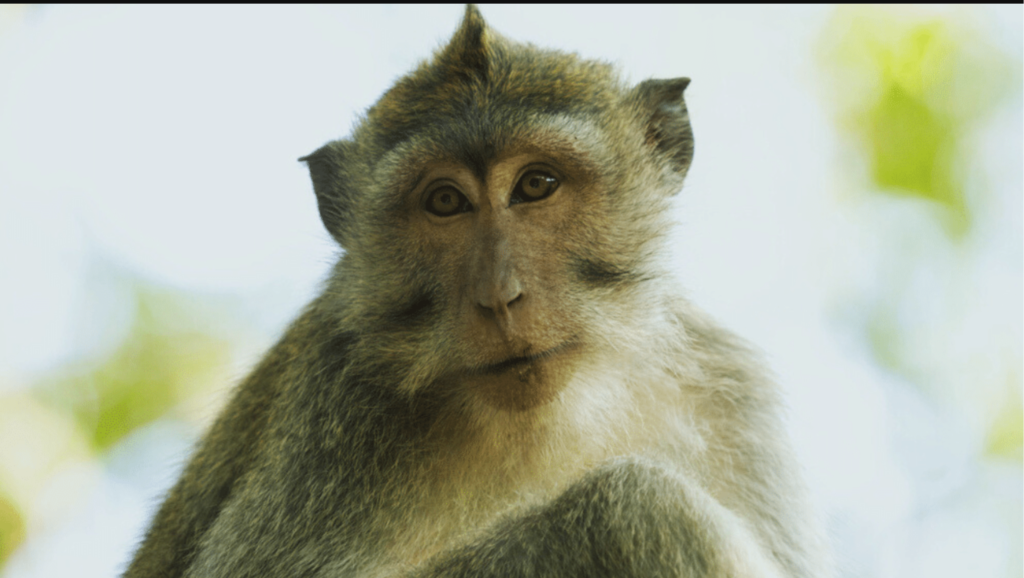
The researchers said that their main goal was to establish a new method for generating chimeric monkeys using ESCs, which could have various applications in biomedical research and conservation. For example, chimeric monkeys could be used to model human diseases, such as neurodegenerative disorders, that are difficult to reproduce in mice or other animals. Chimeric monkeys could also be used to study the development and function of different organs and tissues, such as the brain, the heart, or the immune system. Furthermore, chimeric monkeys could potentially help save endangered species, by producing offspring that carry the genes of rare or extinct animals1.
How is it different from CRISPR?
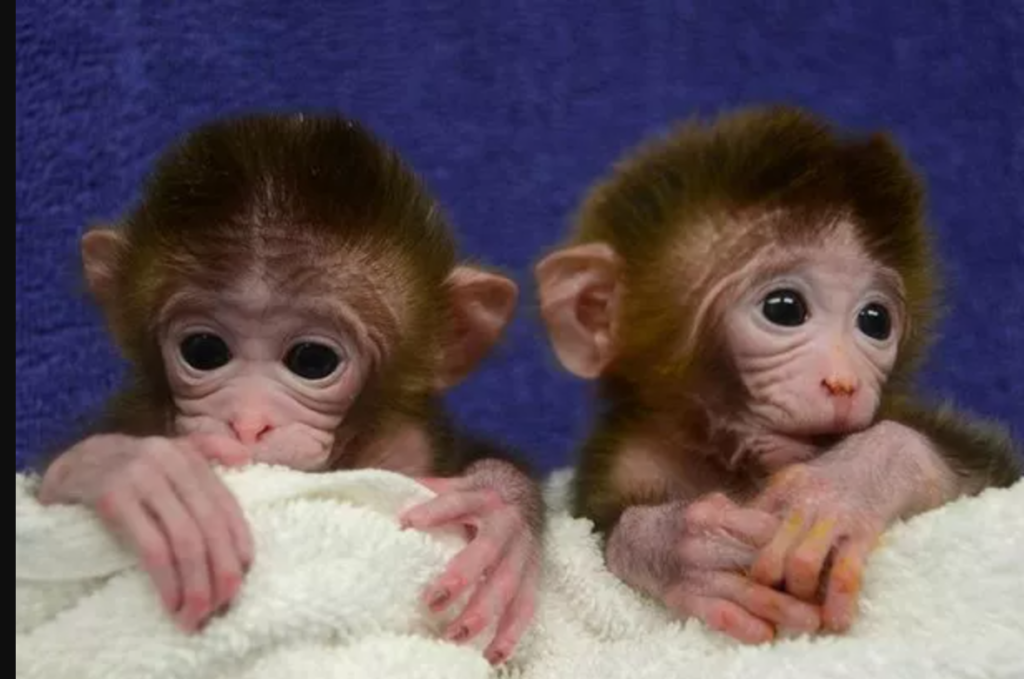
CRISPR is another gene editing technology that has revolutionized the field of synthetic biology. CRISPR allows scientists to easily and precisely modify the DNA of any organism, by using bacterial enzymes that can cut and paste DNA sequences. CRISPR has been used to create genetically modified animals, such as mice, pigs, and monkeys, that have specific traits or mutations. However, CRISPR is not the same as creating chimeras, which involve mixing cells from different sources. CRISPR modifies the DNA of a single organism, while chimeras combine the DNA of two or more organisms. CRISPR and chimeras could complement each other, by allowing scientists to create more complex and diverse animal models2.
What are the ethical implications?
The creation of chimeric monkeys raises some ethical questions and concerns, especially regarding the welfare of the animals and the potential impact on the natural environment. Some of the issues include:
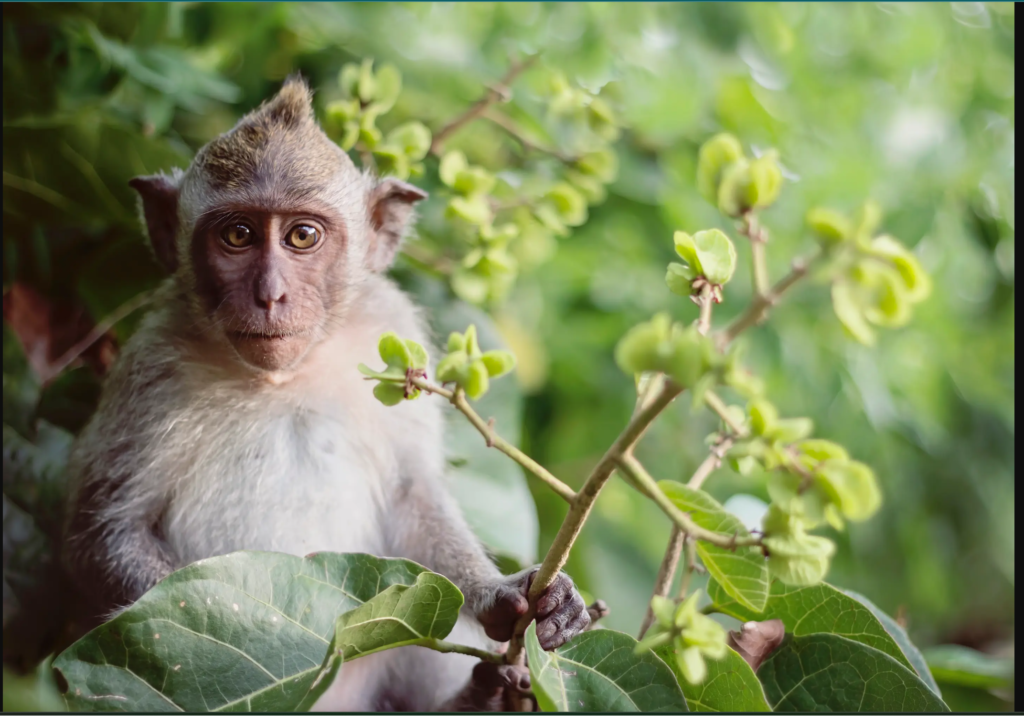
- The low efficiency and high mortality of the chimeric embryos and animals, which could cause suffering and harm to the surrogate mothers and the offspring1.
- The possibility of creating chimeras that have human cells or organs, which could blur the boundaries between species and challenge the dignity and rights of humans and animals3.
- The risk of introducing foreign genes or diseases into the wild populations of monkeys or other animals, which could disrupt the ecological balance and biodiversity4.
The researchers said that they followed the ethical guidelines and regulations of China and the international community, and that they obtained the approval of the institutional animal care and use committee. They also said that they euthanized the chimeric monkey #10 after 10 days, and that they did not intend to create chimeras that have human cells or organs. They called for more dialogue and collaboration among scientists, ethicists, and policymakers, to ensure the responsible and beneficial use of chimeric technology1.
Conclusion: A New Chapter in Genetic Exploration
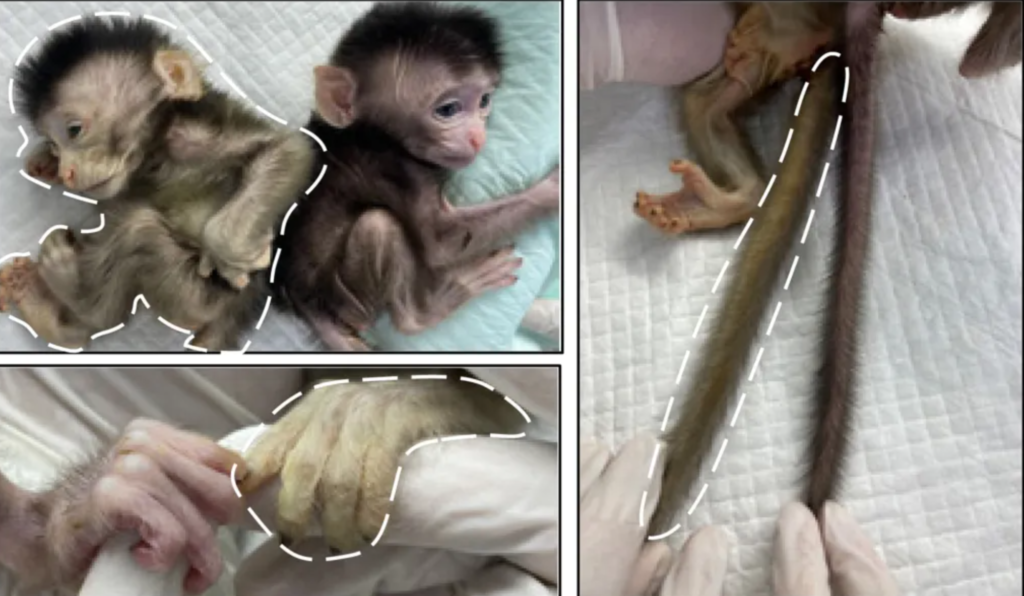
The birth of the world’s first live-birth chimeric monkey, radiantly glowing in green, marks a momentous chapter in the ongoing saga of genetic exploration. As we navigate the uncharted territories of genetic engineering, the fluorescent marker illuminates not only the monkey’s cells but also the path ahead for advancements that were once considered the stuff of science fiction. This achievement invites us to ponder the ethical considerations, embrace responsible scientific innovation, and anticipate a future where the boundaries between the natural and the engineered blur in the pursuit of understanding and mastering the intricate language of lif
Also read : Nature’s Gene Editors: Algae and Snails Unveil a New Frontier in Genetic Manipulation(CRISPR)




































